Gustave Flasschoen Paintings
Gustave Flasschoen was a Belgian artist known for his work as an illustrator, painter, and etcher. Born in Antwerp, Belgium, in 1868, he was part of the vibrant European art scene that was undergoing significant changes towards the end of the 19th century. Flasschoen trained at the Royal Academy of Fine Arts in Antwerp, where he honed his skills and developed a keen interest in the craft of etching, a printmaking technique that was popular among artists of the time.
Flasschoen's body of work largely comprises illustrations for books and periodicals, etchings, and a limited number of paintings. His illustrations often reflect the social and cultural milieu of his era, with a particular emphasis on the lives of the bourgeoisie and the working classes. His etchings are characterized by their fine detail and technical skill, often depicting landscapes, city scenes, and genre scenes with a narrative element.
Although not as widely known as some of his contemporaries, Gustave Flasschoen contributed to the Belgian art scene through his teaching and his participation in various art societies. He was a member of the Royal Society of Etchers in Belgium (Société Royale des Aquafortistes de Belgique), which played a crucial role in the revival of etching as an art form during the late 19th and early 20th centuries.
During his career, Flasschoen exhibited his work in various venues, including salons and galleries, and garnered recognition for his etchings. His approach to etching was traditional, and he resisted the modernist movements that were gaining momentum at the time. Instead, he remained focused on realism and the technical aspects of printmaking.
Gustave Flasschoen passed away in 1940, leaving behind a legacy that is appreciated by collectors and scholars of Belgian art. His work remains a testament to the enduring appeal of etching and the skill required to master this demanding art form.




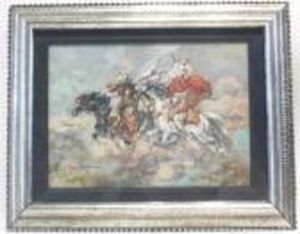


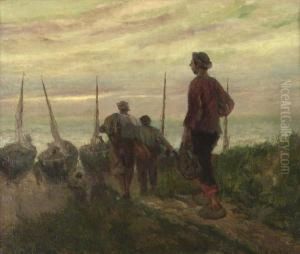






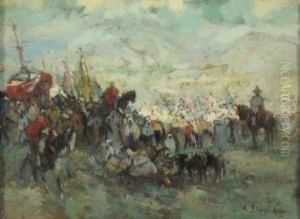



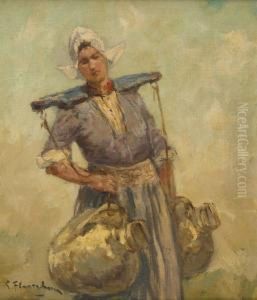









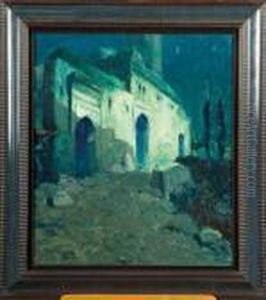






















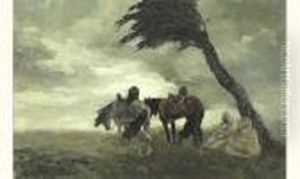
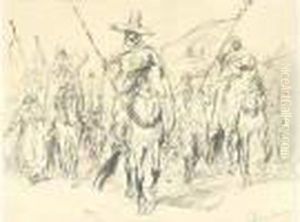







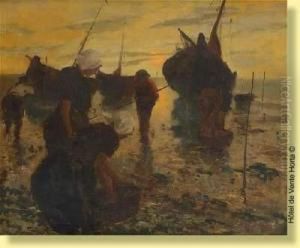
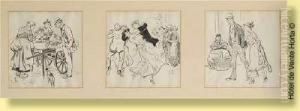
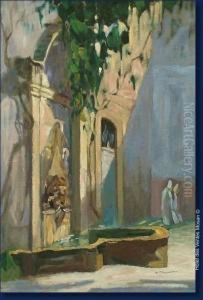


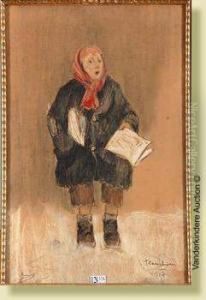





![[vue De Fez Au Maroc]](https://www.niceartgallery.com/imgs/1308431/s/gustave-flasschoen-vue-de-fez-au-maroc-34d69455.jpg)